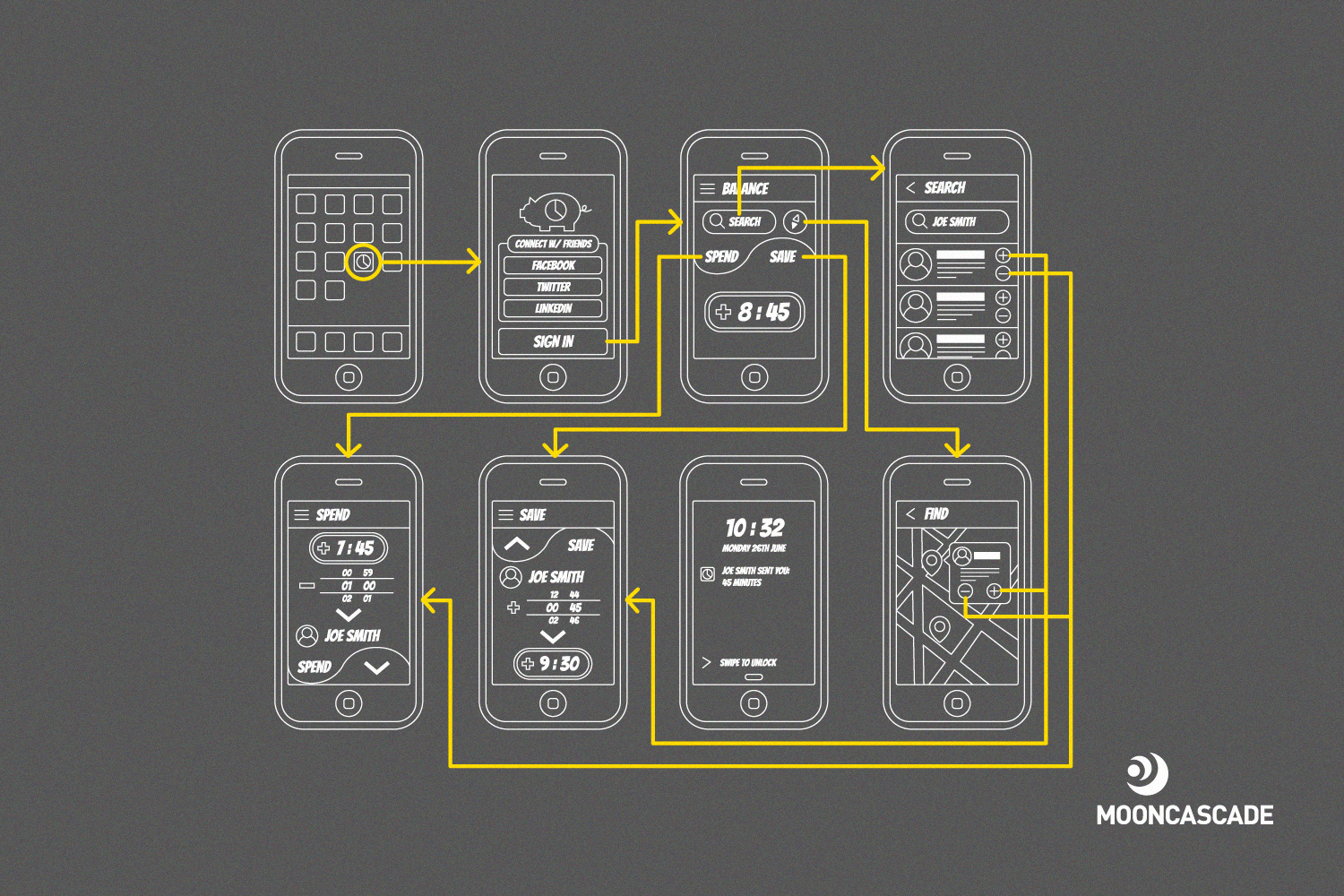How To Organise A Scoping Workshop
If you’re about to start a new project, you’re probably wondering what your minimum viable product will look like. One of the first things you should do is to run an MVP scoping workshop. Yes, you need to validate your idea without investing any money into actually building it – but there are plenty of articles out there to help with that already, and so this won’t be another one of those.
This article is for when you’ve validated your idea and are ready to invest in it. You’ll essentially need to build a first version with just enough features to satisfy early customers. An MVP scoping workshop could be just the thing to help you navigate through this process.
Creating a proper MVP scope is important to avoid common pitfalls like over-engineering or spending too long building flashy UI early on. The most efficient way I know of doing this is to run a workshop with your key team members and power through a month’s worth of work in just a couple of days.
Check out a guide to effective MVP scoping workshops here:
This guide will walk you through who to invite to your workshop, how to organize your agenda, what kind of sessions to prepare, and show you all of the practical steps necessary for getting results.
What should those results be? Well, let’s find out!
1. A feature list for the MVP
This list will be created through market research, end-user analysis, and customer journey mapping. It will only consist of items that generate value in the easiest way possible (technically speaking). With this list, you can either:
- Create a development backlog and start work immediately OR
- Create a roadmap for your product to present to investors or stakeholders to show them that you have an actionable plan.
2. Wireframes/storyboard
I’m a big advocate of visualizing the product, and a great time to do that is at an MVP scoping workshop. Product visualization has two main benefits:
- Better communication: it’s so much easier to explain your features if you have something to show.
- Saved money: the user flow’s design has a big impact on the price of development and describing it early will make sure UI looks good without any excess features.
3. An estimate for the budget and timeline
Budget—the unsexy part of creating a new product. The moment you’ve finished painting a picture of the most awesome product ever, your investors will ask you how much it’s going to cost them, how much it’s going to make, and whether or not it can be done by quarter three. Talk about a turn-off.
But don’t worry—once you’ve completed a good MVP scoping workshop, you’ll be well-equipped to answer questions like these.
Thinking about MVP Scoping?
If these are the kinds of results you’re looking for, read our guide to learn how to run an MVP workshop yourself, or hire Mooncascade to facilitate one for you.

